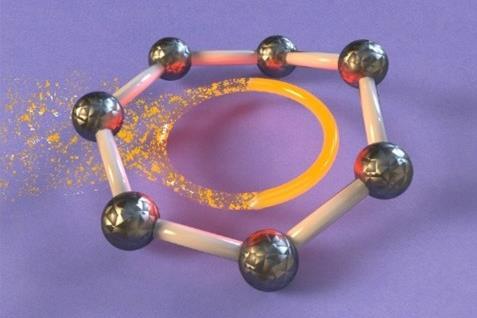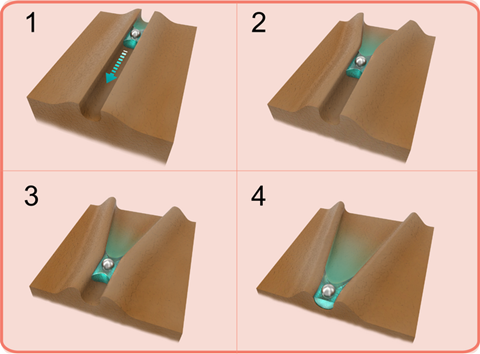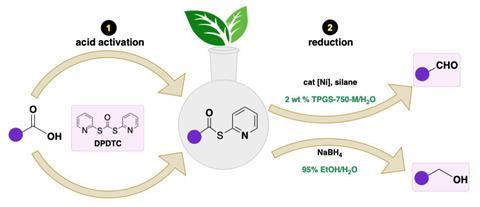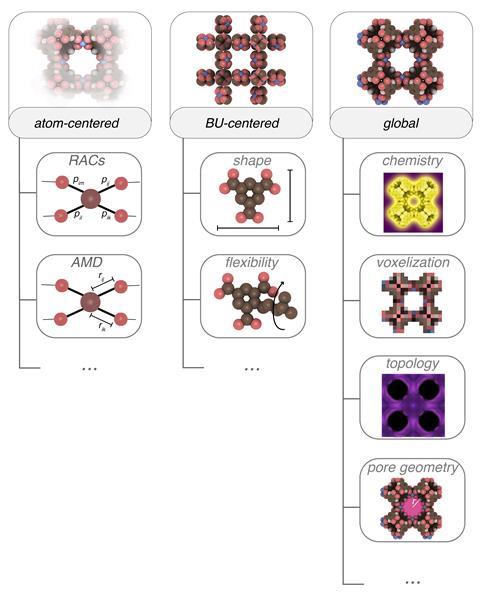In December 1984, one of the world’s worst industrial disasters hit the city of Bhopal in central India killing thousands and injuring hundreds of thousands. The aftermath of the disaster raised important questions about the value of life in a developing country and the conduct of multinational corporations. Why are we talking about this now […]
Read More








